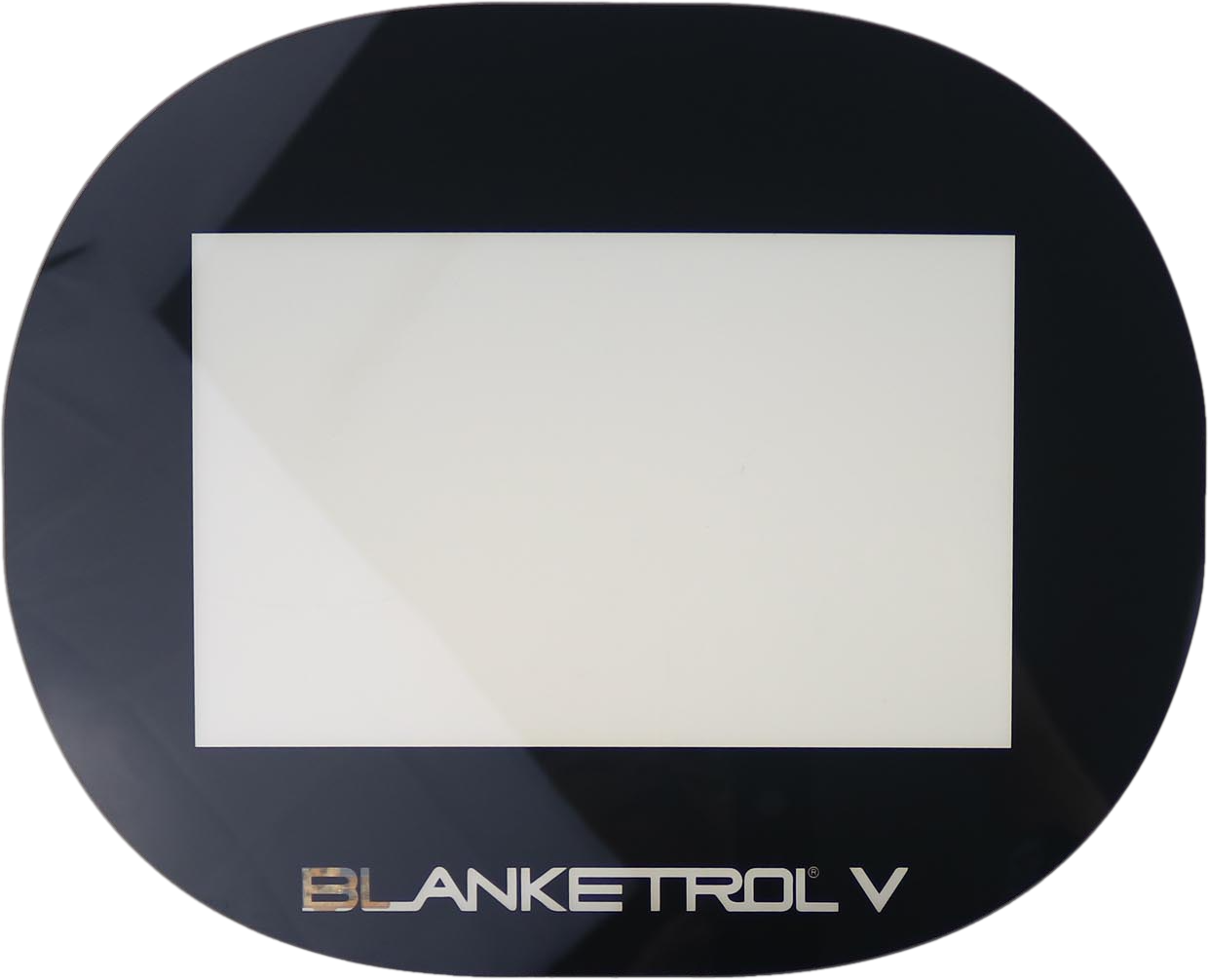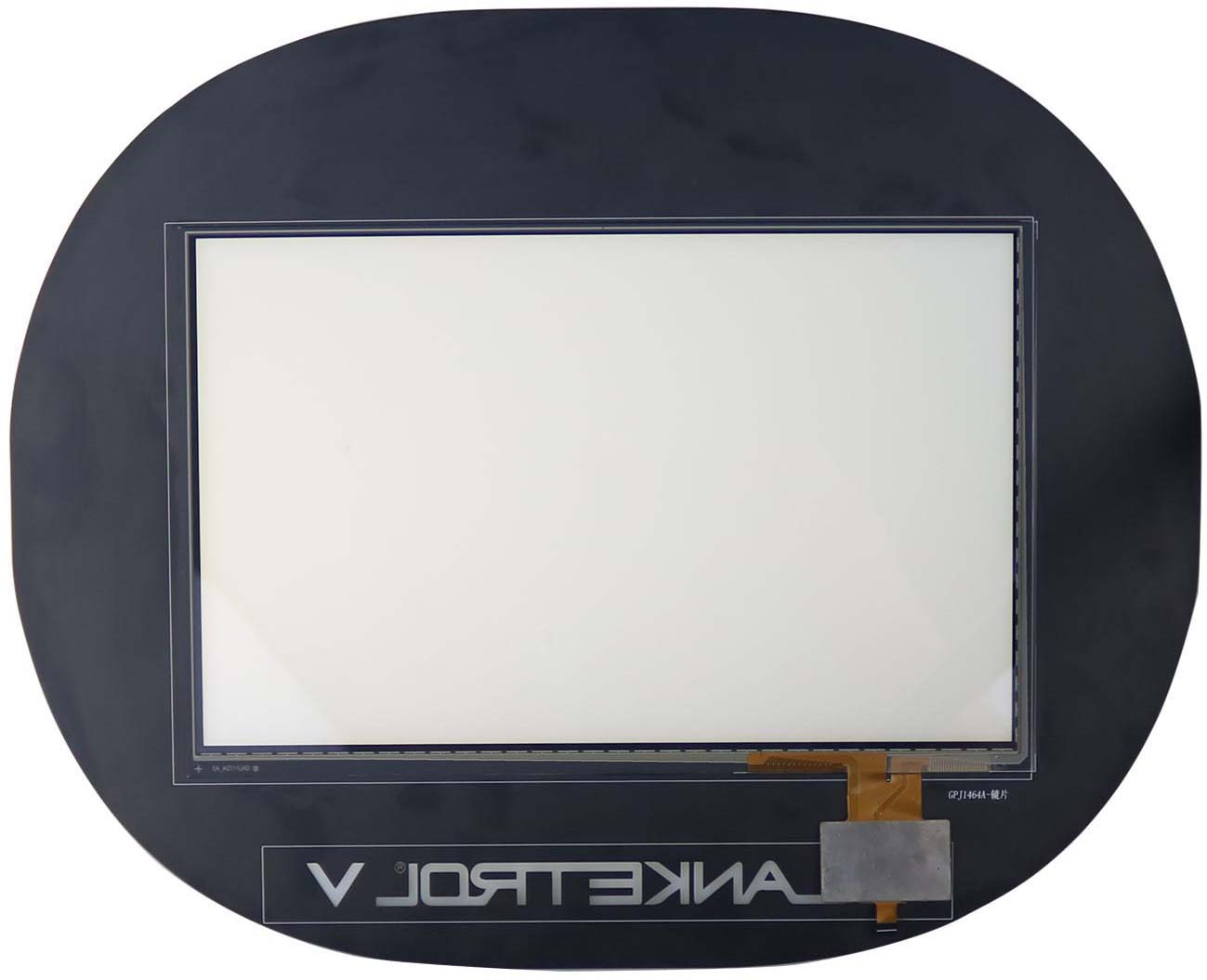What is G+G Projected Capacitive Touch Screen?
Capacitive touch screens are ubiquitous in modern technology, enabling users to interact with devices effortlessly. The G+G structure, consisting of cover glass and glass sensor, plays a crucial role in the performance of these touch screens. Now, we will dive deeper into the world of G+G structures.
Dr Pan: Welcome to DISPLAY Museum. I am Dr Pan, the curator of Museum.
Greg: Hello, Dr Pan. I am Greg. There are so many structures for projected capacitive touch screen. May I ask what G+G structure is?
Dr Pan: Hello, Greg. G+G means cover glass + glass sensor. It is going to need one glass sensor to achieve the touch function. There are two types of G+G structures:SITO and DITO.
Let us look at the structure SITO “One-sheet two-ITO laminated structure”, from top to bottom, Cover glass, OCA, ITO1 and ITO2, and sensor glass.
Another structure DITO “Two-sheet two-ITO laminated structure” , from top to bottom, Cover glass, OCA, ITO1, sensor glass and ITO2.
Advantage: highly accurate, high transmission, multi-touch, good at hand writing, high strength, high reliability, long serving time, suitable for all sizes.
Disadvantage: thicker, sensor glass is easy to be broken when it is hit, long and expensive R&D, cover glass is difficult to be replaced.
Notice: SITO is more reliable than DITO in a harsh environment, but more expensive.
Greg: Dr Pan, is it the most common used since I can see it all the time? And why?
Dr Pan: Yes, it is. What are the most important features for people nowadays? Multi-touch, high-transmission, high reliability. So G+G structure is the winner.
Greg: Thank you, Dr Pan. Now I got it.
Dr Pan: Welcome to contact us if you have any question.


